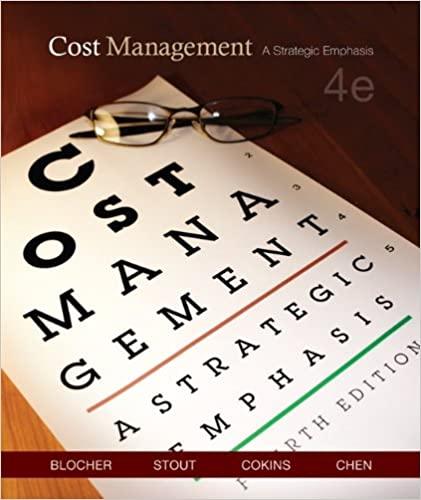Uber Technologies, Inc. is the world's largest technology startup, valued at close to $70 billion. But that doesn't mean it has been smooth sailing for the ride-hailing company since its start in 2009. Despite disrupting and revolutionizing the transportation industry in a short period of time, Uber's meteoric rise has caused some shortcuts in organizational structure, corporate culture, and effective HR practices that have left the company with self-inflicted wounds that may take a long time to heal. Uber has experienced several scandals over the past few years, including drivers demanding to be classified as employees (not contractors), a tool called "greyball" that allows data collected from the Uber app to identify and avoid enforcement officers trying to catch Uber drivers in cities where the service was illegal, and recent resignations of top executives, including the company's president and the heads of product development and engineering. But nothing has been quite as damaging as a recent blog post by a former female employee, which detailed the inappropriate behavior that seemed to be commonplace in Uber's workplace culture, The allegations of sexual harassment put forth by former Uber engineer Susan Fowler were explosive. Detailed in a February 2017 blog post, Fowler says she alerted company HR about her manager's inappropriate behavior, even taking screenshots of his suggestive emails, but Fowler was told her boss would not be fired for sexual harassment because he was a "high performer" for the company. After Fowler's story went public, the company hired former U.S. attorney Eric Holder to investigate the allegations and other workplace issues. Holder's recommendations, which the Uber board of directors unanimously approved, include changes to senior leadership, enhanced oversight by the company's board, changes to the company's internal financial and audit controls, revisions to the company's cultural values, mandatory leadership training for senior executives and other managers, improvements to the overall HR function and complaint process, and the establishment of an employee diversity advisory board. In addition, as the result which the Uber board of directors unanimously approved, include changes to senior leadership, enhanced oversight by the company's board, changes to the company's internal financial and audit controls, revisions to the company's cultural values, mandatory leadership training for senior executives and other managers, improvements to the overall HR function and complaint process, and the establishment of an employee diversity advisory board. In addition, as the result of a separate investigation, Uber fired more than 20 other people because of harassment claims. With increasing pressure from the company's board and other investors, CEO Travis Kalanick said he would take a leave of absence while still mourning the unexpected death of his mother in a recent boating accident. However, most board members lost faith that Kalanick would be able to come back after his leave and make things better. At the urging of the board, two venture capitalists were dispatched to Chicago, where Kalanick was interviewing COO candidates, to present him with a letter from five of Uber's major investors demanding his resignation. After hours of discussion, Kalanick agreed to step down. According to an Uber spokesperson, a committee of 14 executives is running the company until a new CEO is hired, Q1: Please be thorough -- I expect 1 detailed paragraphs for each of the 5 questions. 1. According to recent data, only 36 percent of Uber's current employees are women. How do you think this situation helped perpetuate a flawed corporate culture? 2. What an Uber do to ensure its competitors are not chipping away at its dominant market share as a result of such bad press? 3. Do you think installing an experienced female CEO would help the company change its culture and workplace environment? Explain your reasoning. 4. research the internet for any new stories and updates addressing Uber's effort to correct its mistakes. 5. Please comment on whether or not these stories affected your confidence in using of Uber and why









